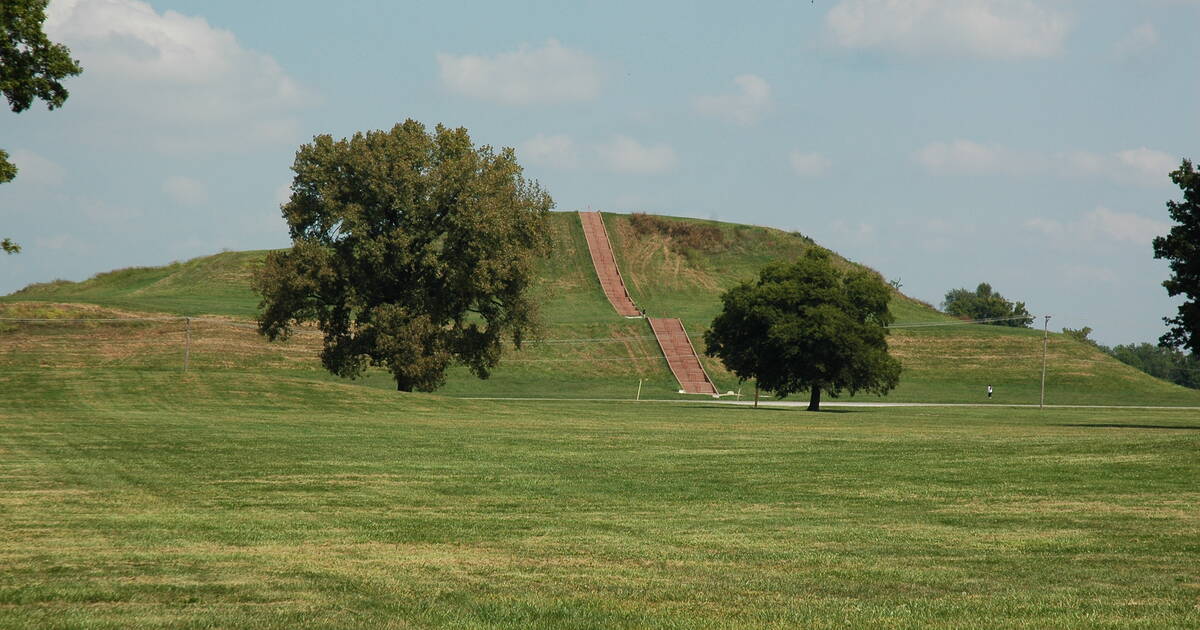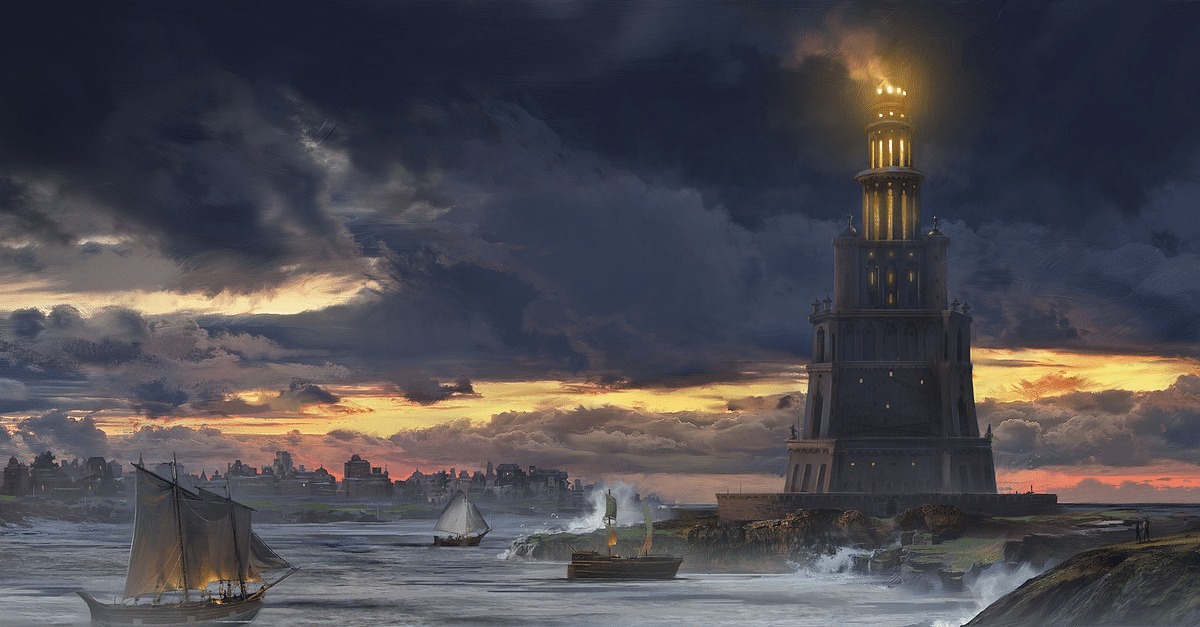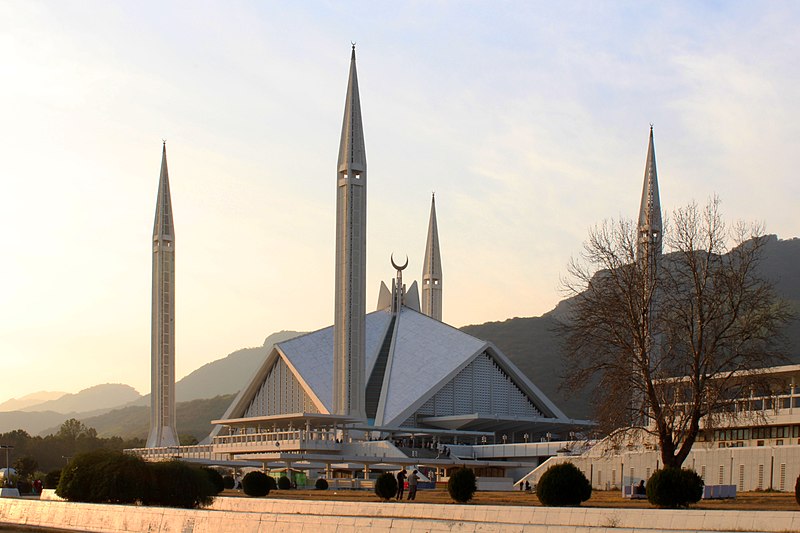The Lost City of Cahokia: America's Forgotten Metropolis
In the heartland of modern-day United States, long before Columbus set sail for the New World, a great city rose along the Mississippi River. It was a hub of commerce, a pinnacle of pre-Columbian urban planning, and a feat of indigenous engineering. Today, it is known as Cahokia, and it is often hailed as one of the most significant and yet overlooked ancient cities in North America. In this exploration, we journey back through time to discover the mystique and grandeur of Cahokia, shedding light on a chapter of human history that remains enigmatic and awe-inspiring.
Cahokia's roots can be traced back to around 1050 AD, during a period of dramatic social and environmental change. At its zenith, it was the largest and most advanced city north of Mexico, with estimates suggesting a peak population of between 10,000 to 20,000 inhabitants—numbers not surpassed by any city in the United States until the late 18th century. Cahokia was the epicenter of the Mississippian culture, a civilization known for its unique social structure, effigy mounds, and sophisticated agricultural practices.
One of the most striking features of Cahokia is its monumental architecture, most notably a collection of earthen mounds that punctuate the landscape. The largest of these, Monks Mound, is a colossal structure towering nearly 100 feet high, with a base covering 14 acres. It was the centerpiece of the city and served as the residence or ceremonial site for the elite. The careful design and immense scale of Monks Mound reflect the complexity and organisational capabilities of Cahokian society.
In addition to Monks Mound, the city boasted an impressive array of other mounds, plazas, and residential areas, all meticulously aligned with astronomical events. The Woodhenge, a circle of large timber posts, was used as a solar calendar to track equinoxes and solstices, illustrating Cahokia's entwinement with celestial cycles. Such sophistication indicates a deep understanding of astronomy and underscores the importance of cosmology in Mississippian life.
The society of Cahokia was highly stratified, with a clear hierarchy that included a paramount chief, possibly regarded as a living god, supported by nobles, priests, and other officials. The majority of the population comprised farmers, skilled artisans, and laborers, who sustained the city's economy and infrastructure. Cahokia's influence extended well beyond its immediate vicinity, maintaining an elaborate trade network that spanned from the Great Lakes to the Gulf of Mexico, exchanging goods such as copper, millstones, and marine shell with distant communities.
The diet of the Cahokians was primarily maize-based, evidence of which is uncovered in excavations that reveal storage pits and large refuse heaps, or midden mounds, full of corn cobs and husks. This agricultural prowess allowed them to sustain a dense urban population and supported the complex societal web that characterized the city’s political and religious life.
What led to the establishment of such a monumental city in the Mississippi floodplain? And how did it ascend to become the epicenter of a pre-Columbian civilization worthy of comparison with other great ancient urban centers? These are some of the questions that still baffle archaeologists and historians. One theory suggests that the city's location at the confluence of multiple rivers made it a natural trading and transportation hub, facilitating the movement of goods and ideas that spurred its growth.
Despite its splendor, the grandeur of Cahokia was not to last. Around the 13th or 14th century, signs of decline began to emerge. The exact reasons for the city's downfall are subject to debate. Some researchers point to resource depletion, climate change, warfare, or social unrest as possible factors. Yet, for all its sophistication and power, Cahokia eventually became a collection of abandoned mounds and artifacts, leaving behind a mystery that continues to captivate the imagination of those studying the deep and complex history of pre-Colombian America.
In modern times, Cahokia is gaining recognition as a major archaeological and historical site. In the 1980s, it was designated as a UNESCO World Heritage Site, underscoring its importance as a cultural treasure. Through ongoing excavation and research, glimpses into the daily lives, belief systems, and societal structures of the Cahokians are coming to light. Yet, the ultimate lessons of Cahokia extend beyond the bounds of the city itself, reminding us of the transient nature of civilizations and the enduring legacy they can leave behind.Unraveling Cahokia's Mysteries: Legacy and Lessons from a Pre-Columbian City
The enigma of Cahokia's sudden rise and gradual decline has led to an outpour of scholarly research aiming to unravel the city's mysteries. Echoes of its existence resonate not just in the physical remnants unearthed by archaeologists, but also in the less tangible cultural heritage that survived among the indigenous peoples of North America. As researchers delve deeper, they strive to reconstruct Cahokia not only as a place of monumental earthworks but as a living city, teeming with human activity, cultural exchange, and innovative achievements.
One of the most compelling aspects of Cahokia's legacy is how its people shaped the landscape. The construction of monumental mounds required the organized labor of thousands—hauling basketloads of earth to create these structures, which are engineering marvels in their own right. These feats reflect a society capable of marshaling a large workforce and suggest the existence of a powerful and persuasive leadership class that could command such dedicated effort.
However, as wondrous as the achievements of Cahokia were, they might also hold the seeds of its downfall. Some archaeologists believe environmental degradation played a role in the city's abandonment. Intensive agriculture and deforestation, combined with a growing population, may have placed unsustainable pressures on the surrounding ecosystems. Soil erosion and flooding could have diminished crop yields, undermining Cahokia's agricultural foundation and forcing its residents to disperse.
Another layer of Cahokia's decline may lie in the social and political realm. The concentration of power and wealth in the hands of a few might have led to internal strife and weakened the social cohesion that was vital to the city's stability. Additionally, evidence such as mass graves and fortifications suggest that conflict and warfare—either within or between communities—could have escalated, making Cahokia a less secure and desirable place to live.
Yet, despite these challenges, the influence of Cahokia did not evaporate with its last inhabitants. The oral traditions and cultures of the Osage, Quapaw, Omaha, Ponca, and other Native American tribes contain echoes of the Mississippian heritage. These groups may have been among the descendants who carried on aspects of Cahokian society, technology, and spirituality, weaving strands of ancient practices into the fabric of their vibrant living cultures. These cultural remnants are windows into understanding the spread and impact of Cahokia's civilization, both in spatial and temporal terms.
As the site of Cahokia is studied today, another layer of significance emerges. Modern society grapples with issues that have parallels in Cahokia's history—urbanization, environmental sustainability, social inequality, and political centralization. The city's experience holds lessons on the balance between human development and environmental stewardship, lessons that are strikingly relevant to contemporary challenges such as climate change, resource management, and urban planning.
The lessons of Cahokia also extend to the realm of historical narrative and the recognition of Native American history. For too long, the historical accounts of North America have overlooked the rich tapestry of indigenous civilizations that flourished long before European contact. By bringing attention to Cahokia, historians and educators contribute to a more inclusive understanding of the past, one that acknowledges the sophisticated societies of pre-Columbian America as an integral part of the continent's historical journey.
Preservation efforts at the Cahokia site today reflect a commitment to protect and understand this exceptional chapter of human history. The Cahokia Mounds State Historic Site and Interpretive Center serve as focal points for education and research, offering visitors a glimpse into the world of the ancient city and providing resources for scholars pursuing the deeper narratives embedded in the soil and artifacts.
As we continue to peel back the layers of time surrounding Cahokia, each discovery adds to a picture of a civilization that, for all its mystery, offers timeless messages. The city is a testament to human ingenuity and ambition, a cautionary tale of environmental limits, and a poignant reminder of the transitory nature of even the most magnificent human endeavors. The story of Cahokia, America's forgotten metropolis, is not merely a relic of the distant past; it is a living echo that draws us in to contemplate the enduring complexities of human societies.



:focal(1775x1298:1776x1299)/https://tf-cmsv2-smithsonianmag-media.s3.amazonaws.com/filer/f8/86/f8860b65-0f89-42c6-a674-42184426dd6b/gettyimages-520122012.jpg)




















Comments